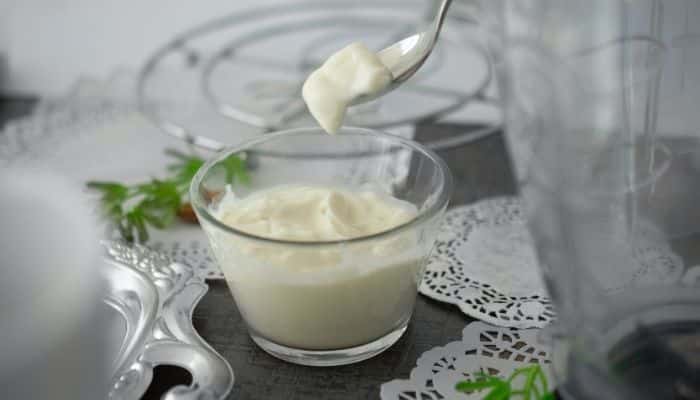Navigating Natural & Organic: Sarah McKee, Nielsen
The natural and organic industry is continuously growing and shifting, with new trends, regulations, products and practices being introduced into market everyday. How does one keep on top of it all? Naturally Good has you covered, as we speak to industry professionals and experts on the hottest topics and trends, business practices and solutions, and what’s happening in the natural and organic industry.
As the director of client services at one of the largest global measurement and data analytics companies around the globe, Sarah McKee, of Nielsen, definitely knows her way around the natural and organic sector. Sarah gives us the run down on what the data is telling us about the type of products consumers are after, and how businesses can respond to these demands and use the data to grow their brand and their product range.
What type of natural/organic products are in demand?
Nielsen’s data reveals that increasingly households are choosing organic. In fact, a quarter (24%) of the Australian population (14+) say that they try to buy organic food wherever they can, up from 21% in 2015.
This is especially true as organic options become more frequently available across many categories and slightly more affordable, with value growth not keeping pace with volume growth.
When it comes to the categories and products that have the highest value share for organic ranges, these include infant food at the top of the list, followed by ambient health, and then dairy (= ambient fresh milk + yoghurt).
While more households purchasing organic options is key to driving growth, there is also a big opportunity to increase occasions as the number of times organic is bought in these categories is significantly less than non-organic.
Taking a look at yoghurt as an example, organic yoghurt today makes up a relatively small share of the total yoghurt category, sitting at only 4.5%.
On average, Nielsen Homescan data reveals that organic yoghurt is purchased 3.6 times per year vs 16.7 times for non-organic – so there is certainly opportunity to increase occasions and make organic a more consistent part of shoppers repertoire.
Similarly, organic milk is today a small part of the milk category at 3.9% of value, but growing fast. The number of households buying organic milk has gone up in the last year from 23.8% to 29.2% – this has been one of the drivers of volume growth at 26.4%. In addition, value growth has not quite kept pace at 11% – suggesting that organic milk products are becoming more affordable.

How can suppliers of natural/organic products stand out from its competition?
Nine-in-ten (90%) U.S. households have purchased organic in the past year, but only purchase once per month. Furthermore, the top attributes that more than one-third of U.S. consumers were willing to pay more for included: cruelty free (31%), farm raised (32%), organic farming (33%) and environmentally friendly (33.5%).
Asian born Australians are much more likely to try to buy organic food 34% vs 19% for European born Australians and 20% Australian born – making it critical for brands to consider if their product is suitable and marketed to these consumers that have a higher propensity to try and purchase this type of product.
Millennials are up to three times more likely than the oldest generations to change their eating habits as other generations define healthier eating guided by health maintenance and specific conditions. So consider who to target with your messaging and range to change their behaviours and incorporate more organics/natural into their repertoire.
Men are also latching on to new-age food trends such as organic, probiotic or fermented foods and plant-based foods. Around 14% of men say that organic is a very important consideration when making food-related decisions. So when it comes to health and wellness advertising, there is an opportunity for marketers to better engage with their audience by being more gender-aware in their messages.
Said another way, once you have identified who the consumer groups are that are likely to purchase organics, you can then ensure that product, brand and messaging is specifically relevant and likely to reach these consumers. Ultimately, increasing the likeliness to stand out from the competition to the shoppers that will drive your growth.

What advice can you give retailers looking at improving its natural/organic range?
Having a wide range of healthy and organic products ranks sixth for importance by consumers when choosing where to shop.
The top departments based on value share of organics are dry grocery, health & beauty and dairy. As consumers become more focused on what is “better for me” and” better for the planet” and expand their organic purchases, retailers should ensure that they have organic coverage across a wide range of categories that matter to consumers and that they offer choice of organic options within categories.
Positioning and availability of products in store is also crucial to embed organics as a frequent part of repertoire, not just as something that is purchased a few times a year.
Looking to build your natural and organic ranging or get your products up onto shelves (physical and online) and into the hands of consumers? Head to the Naturally Good Product Directory and list your business today.
-
Get your FREE ticket
- REGISTER FOR FREE
